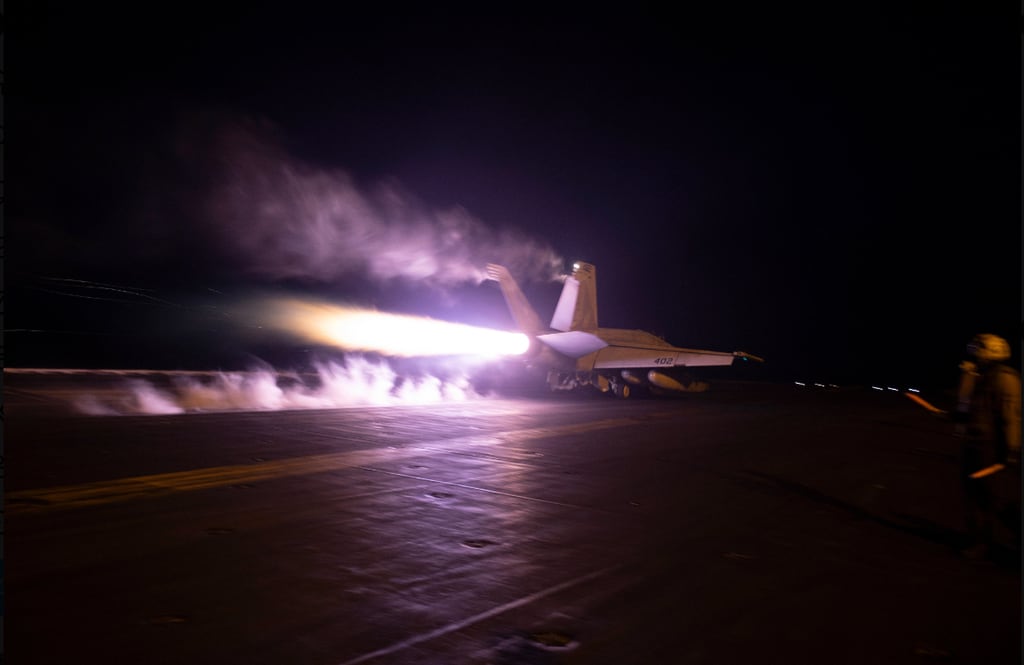
SAN DIEGO — The U.S. Navy is incorporating lessons learned from its Red Sea engagements with Houthi missiles and drones, and are using them to improve tactics for seeing and eliminating threats, service leaders said Tuesday.
Vice Adm. Brendan McLane, the commander of Naval Surface Forces, said U.S. ships in the Red Sea are sending data about their engagements with Houthi threats back to the Naval Surface and Mine Warfighting Development Center, for the experts there to share ideas for how to best tune radars to optimize performance, as an example.
Those recommendations and updated tactics from SMWDC are already reflected in pre-deployment training events such as Surface Warfare Advanced Tactical Training and Composite Training Unit exercises on both coasts, he said.
McLane, who spoke on a panel at the WEST 2024 conference in San Diego hosted by the U.S. Naval Institute and AFCEA International, said the nature of the threat is changing, and as such, SMWDC continues to monitor and push out updated tactics and techniques.
When Houthi forces ashore in Yemen first started shooting at naval and merchant ships in the Red Sea on Oct. 19, McLane said, those early engagements “were drones and land-attack cruise missiles that were shot at long distance. Some of the more recent engagements are anti-ship cruise missiles and anti-ship ballistic missiles, for the first time, which have a much shorter reaction time for our ships.”
Elizabeth Nashold, the deputy commander of Naval Information Forces, said during the same panel that Arleigh Burke-class destroyer Carney “was ready on Day 1″ when the missiles began flying, due to its training and focus on battlespace awareness, assured command and control, and integrated fires.
She said the Naval Information Warfighting Development Center, much like its surface counterpart, is poring over data from the Houthi missile and drone shoot-downs and has pushed out updated tactics for those areas the information warfare community is responsible for.
This includes increasing battlespace awareness so a ship commander has as much time as possible to react to an incoming threat — though McLane said that, due to the confined geography in the Red Sea and the quick speeds of the anti-ship cruise and ballistic missiles, there might only be 60 to 90 seconds between when the Houthis launch a missile and the destroyer has to shoot it down.
Despite the ongoing and challenging threats, McLane said the force has what it needs, though he’d like to see industry speed development of energy weapons so the ships can shoot down missiles and drones without expending their expensive Standard Missiles and other munitions.
“A layered defense across the strike group is the way to go for now, and then hopefully with industry’s acceleration of directed energy in all forms, lasers and microwaves, we will be able to get something sooner onto our ships,” McLane said.
Author: Megan Eckstein
Source: DefenseNews



